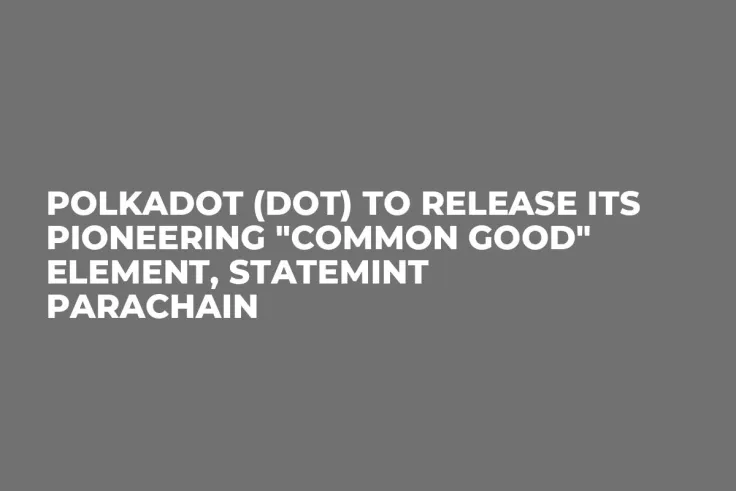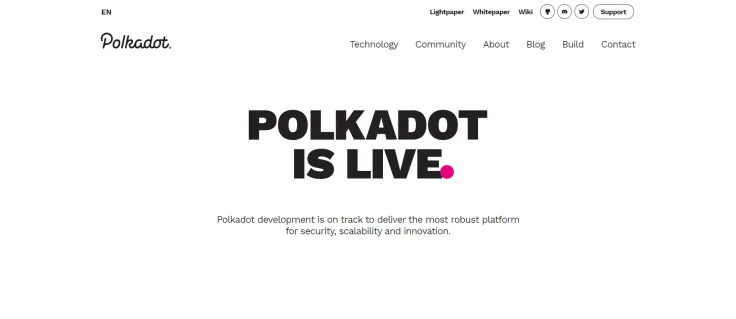
To solve the "free rider problem" and ensure the fair distribution of network resources to customers, the team at cross-chain infrastructure project Polkadot (DOT) has introduced the "common good parachain" concept. Here is how it actually works.
Introducing Statemint, a multi-purpose "public goods" chain
To demonstrate the power of the new concept, Parity Technologies, the development studio behind Polkadot (DOT) and Kusama (KSM) networks, shared the details of Statemint. This "common good" parachain can be used for plenty of use cases, including stablecoins, CBDCs and NFTs.

Parachains of this type will not provide verification tools—their asset value will be guaranteed by the issuer, not by Polkadot (DOT)—but will be capable of utilizing Polkadot's core functionality for their operations.
To deploy an asset on such a parachain, the issuer will be required to hold the minimum amount of DOT tokens for Polkadot and KSM tokens for Kusama. However, in accordance with the Relay Chain Council's decision, in some cases, the deployment may be approved without holding this balance.
Thus, assets will be deployed with the minimum balances of "their" tokens only, with no need to refund DOT or KSM tokens as well. This removes one more burden for its developers and clients.
Relay Chain retains control
Although this concept is novel, all Statemint-type parachains will be fully aligned with Relay Chain—the integral coordination module of Polkadot architecture.
Relay Chain's bodies will be responsible for the whole range of solutions regarding the existence of "common good" parachains; namely, for registering new assets, adjusting fee parameters, and upgrading chain logic and functionality.
As covered by U.Today previously, Polkadot introduced "common good chains" on Feb. 25, 2021. This construction is designed to mitigate issues with network actors who utilize Polkadot's resources but avoid paying for them.

 Dan Burgin
Dan Burgin Vladislav Sopov
Vladislav Sopov U.Today Editorial Team
U.Today Editorial Team